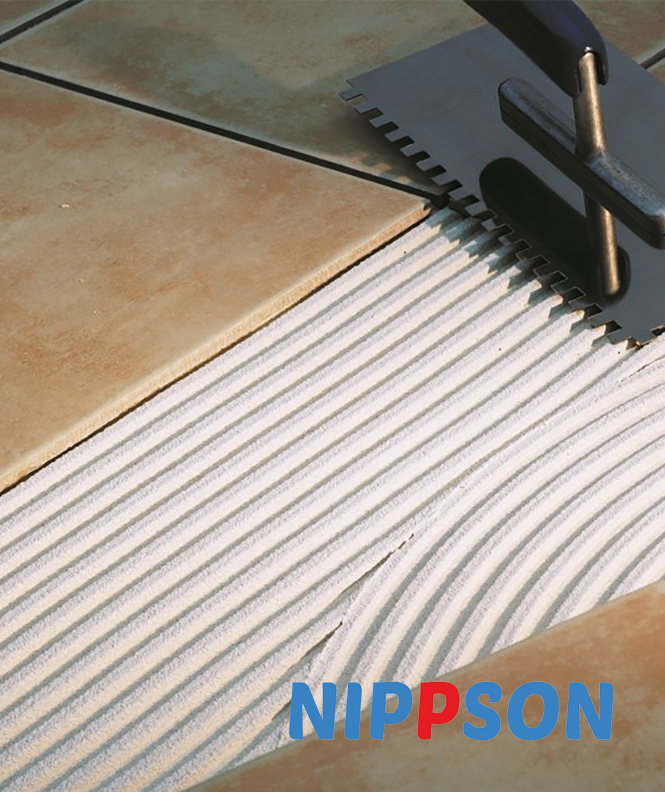Nippson Ceramic and Tile Product Information
Nippson PVA is outstandingly suitable as a temporary binder and plasticizer for ceramic compounds. It breaks down almost entirely into water and carbon dioxide when a ceramic moulding is fired. The possible applications depend essentially on the nature of the ceramic compound and the moulding process. The quantities used vary considerably, depending on the technology applied, in the range 0.1 – 5%, relative to the dry mix. Nippson PVA is particularly effective as a temporary binder in special ceramics (technical ceramics).
Nippson Ceramic and Tile Applications
Adhesion promoter
Low viscosity of the aqueous slip before drying and hence less water to evaporate (energy saving)
Low binder requirement
Low ash content (electroceramics)
Little waste through breaking (re-usable)
Smooth burn-out profile
Low shrinkage during firing
No clogging of screens, filters and moulds

In this sector mouldings of high green strength are made by cold compression of ceramic powder produced beforehand by spray drying. In special ceramics it is important to have both high green strength in the moulding and the lowest possible viscosity in the aqueous ceramic slip, the necessary shear-dependent viscosity being achieved by the addition of Nippson PVA. If the slip needs to be further liquefied for particular uses, this can be done by adding Mowilith Ct 5 A approx 50% in solution, sodium hexametaphosphate and / or other dispersants.
In the case of low-viscosity compounds it should be noted that foaming may occur during vigorous mixing. To prevent this, additions of 0.02 – 0.3% defoamer, relative to Nippson PVA (solid), are recommended. Nippson PVA 3–83, 8–88, 18–88 and especially 4–88 (low ash), though also fully hydrolysed grades such as Nippson PVA 10–98, have proved useful in the ceramics sector. These products are applied either alone or with an addition of up to 10% plasticizer (relative to Nippson PVA) such as glycerine, glycol, trimethylol propane, neopentyl glycol or polyglycol (up to a molar mass of 400). During development work on suitable formulations, consideration may be given to additions of paraffin emulsions or solutions of polyglycols with higher molar masses, the choice depending on the process technology.
